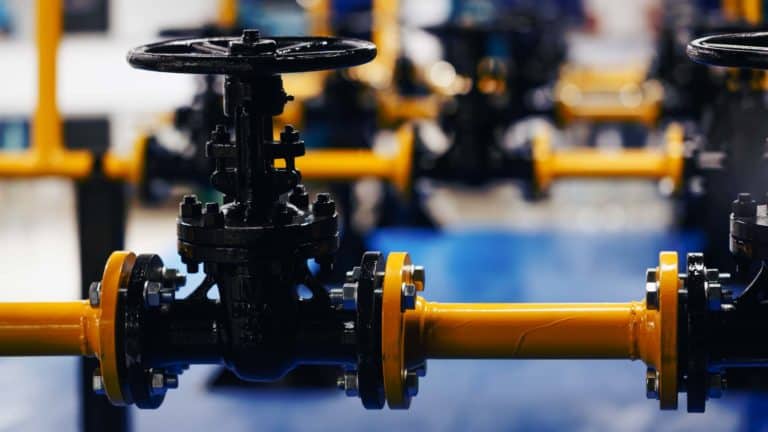Magnetic Particle Inspection
Take Charge of YOUR Inspections
Have Questions About
Get in Touch: Email or Call Code Inspection and Testing Co. Today! (337) 504-5904
Magnetic Particle Testing
NonDestructive Test (NDT) method used to inspect for surface and sub-surface discontinuities in most metals.
Quickly becoming one of the more commonly used NDT methods, magnetic particle inspections are key when it comes to detecting small hairline cracks or fractures. Most NDT procedures require an extensive pre-cleaning routine, but MPI requires very little, if no cleaning at all, and can be preformed using a wet or dry method.
Wet Magnetic Particle Testing (WMPT)
WMPT requires the specimen to be electrically charged. This is achieved by running a magnetic current through the component. Any present flaws or defects on the specimens surface will draw in or interrupt the flow of the magnetic current. The second step to this procedure is to sprinkle metal particles over the specimen. This creates a type of ‘ indication’ or ‘flux leakage’ due to the particles being drawn in by the defects . The indications is examined by the inspector to determine the cause of the defect, and its characteristics.
Dry Magnetic Particle Testing (DMPT)
When deciding to use Wet or Dry Magnetic Particle Testing you must determine if you’re inspecting the subject for surface flaws or subsurface flaws. Dry Magnetic Particle Testing is preferred when the inspector is testing for very fine surface defects. The process is majority the same for both methods, the main difference requiring the specimens to be submerged in fluid during testing.















Benefits of Magnetic Particle Testing (MPI)
- Highly Portable
- Generally Inexpensive
- Does not require stringent pre-cleaning
- Few size/shape limitations
- Works through THIN coatings
- Detects fine, shallow surface cracks
Proudly Serving our Customers for over ten years
Get More With Code Inspection and Testing Co. Services